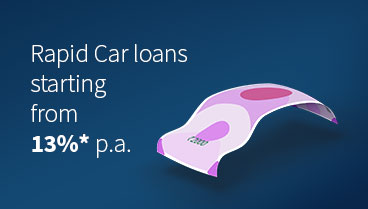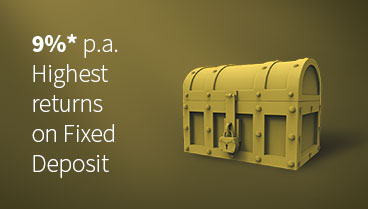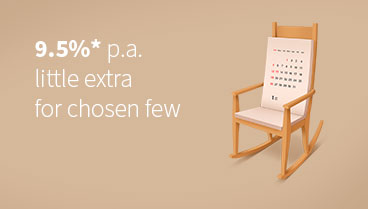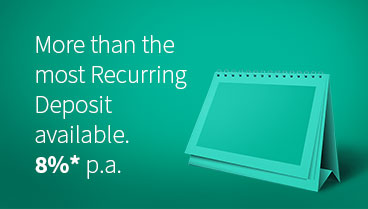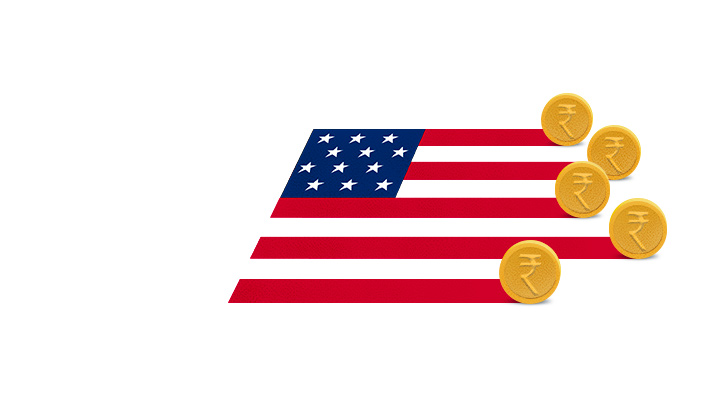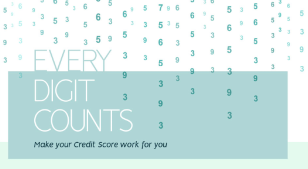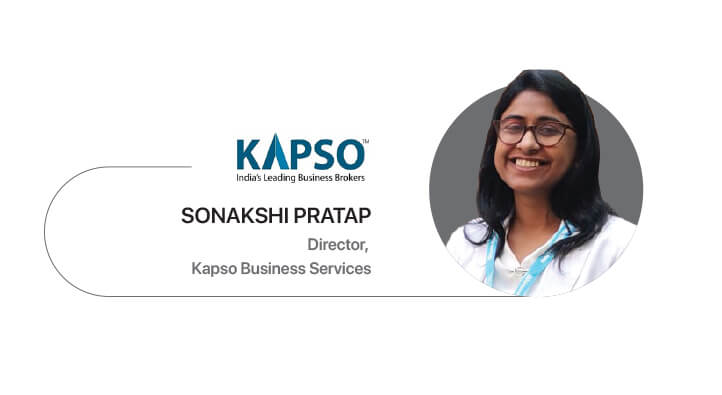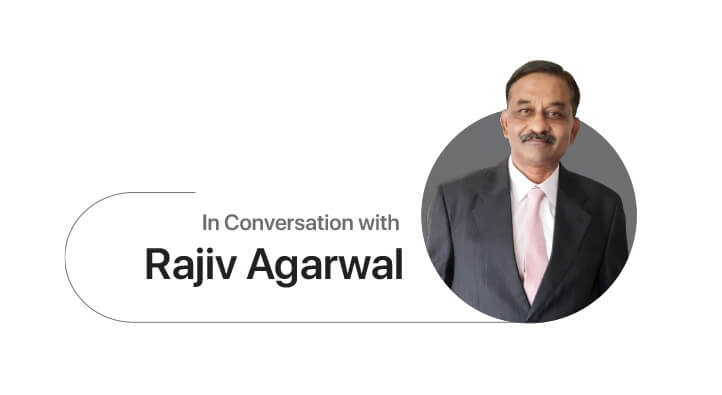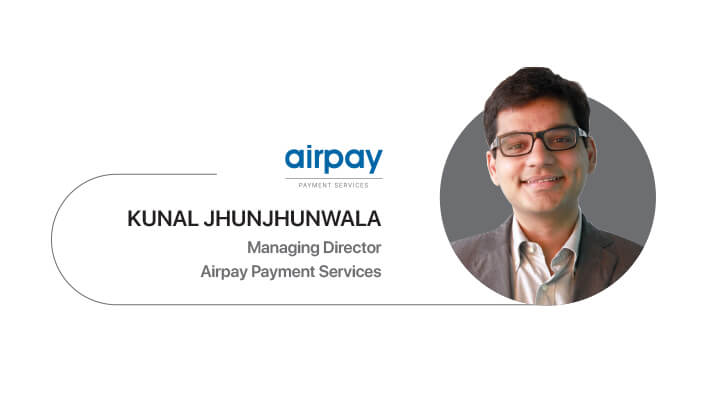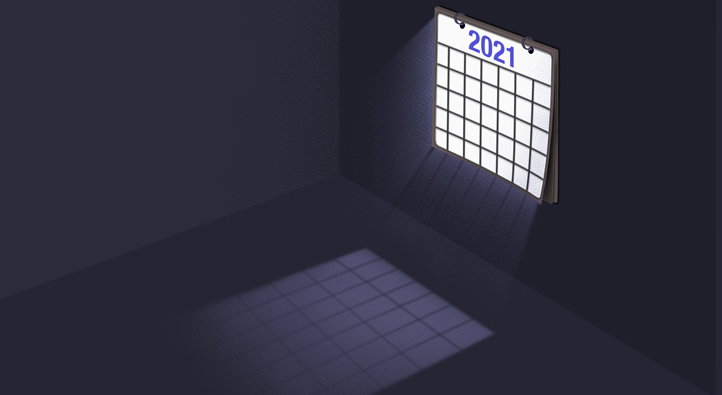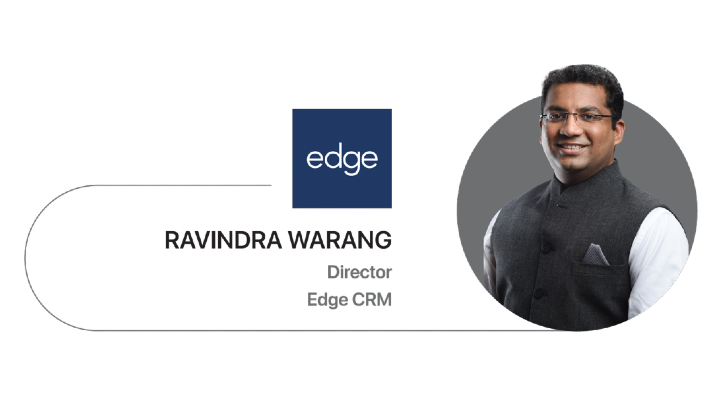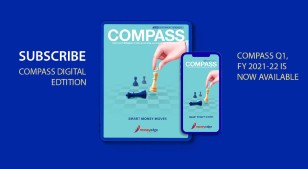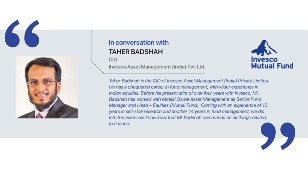1. When do you receive a CAS?
The SEBI requires that a CAS be sent to the investor for any
transaction in the previous month in any of his/her demat
accounts and/or mutual fund folios. Thus, CAS is received in
the month next to the one in which any such transaction took
place. However, if there are no transactions in the demat
account and mutual fund folios in any month of the year, CAS
with the holding details will be sent only twice a year, in April
and October.
2. How is the portfolio consolidated for the purpose of CAS?
As per SEBI guidelines, the account statement is consolidated
based on the PAN. If there are multiple holding involved, the
pattern of holding and the PAN of the first holder is
considered. The depository receives the PAN provided by
AMCs and MF-RTAs, and match the PANs available in the
demat accounts of clients. Common PANs are identified and
allocated together for the purpose of CAS.
3. When is the CAS received?
The transactions pertaining to a particular month are collated
and the CAS is sent to the registered email address of the
investor by the 15th of the next month.
4. What is included in the mutual fund section of the CAS?
The following activities are included in the statement page,
- Purchase of units
- Redemption of the units
- Switching of schemes
- Systematic transactions like SIP, STP, SWP, etc.
- Dividends received
- Reinvestment of dividend
- Merger of schemes
- Bonus allotments
- Broker change
5. What other information is included in the CAS?
CAS may include the following information
- Opening & closing balance
- Email address
- Nominee status
- Frozen status
- Beneficial owner status
- KYC status
- Folio No
- ISIN & the Unique registration number for each folio and
scheme, sensitive information like bank account numbers
& PAN related details is not mentioned in the CAS
6. To which address will the CAS be sent if different addresses have been provided in MF Folios?
In case an investor has multiple accounts across the two
depositories as well as in the MF folios, the depository having
the earliest demat account will be the default depository. The
CAS will be sent to the address mentioned in that demat
account. If the investor had opted to receive the Transaction
statement through email, then the email ID available in that
earliest demat account of the investor will be considered for
sending the e-CAS.
7. Do AMCs also provide CAS to their investors?
If the investor has a registered email ID with the AMC, the
respective Fund House generally sends a soft copy of the
account statement within 5 working days after each financial
transaction. If there is no common PAN between the RTAs and
the Depositories, the CAS is sent every month by Mutual
Funds, which includes the mutual fund transactions.
The investor can also change the dates/months to check the
transactions as per his or her preference. However, if an email
ID is not registered with the fund houses/RTA, the CAS is sent
as per the monthly schedule.
8. Is a minorʼs portfolio considered for consolidation?
No, a minorʼs portfolio is not considered for consolidation.
There may be different portfolios of the same minor with
different guardians and in different mutual funds. Therefore,
consolidation on the basis of the PAN of the guardian may not
be appropriate.
9. What are the charges for CAS?
No fees or charges are applicable for providing the ‘e-CASʼ.
10. How to change the mode of CAS receipt from physical to
email or vice versa?
The electronic mode can be opted by applying for the same on
the depository website. To change the mode from electronic to
physical, you will need to contact your DP. The DP will forward
the request to the concerned depository.







